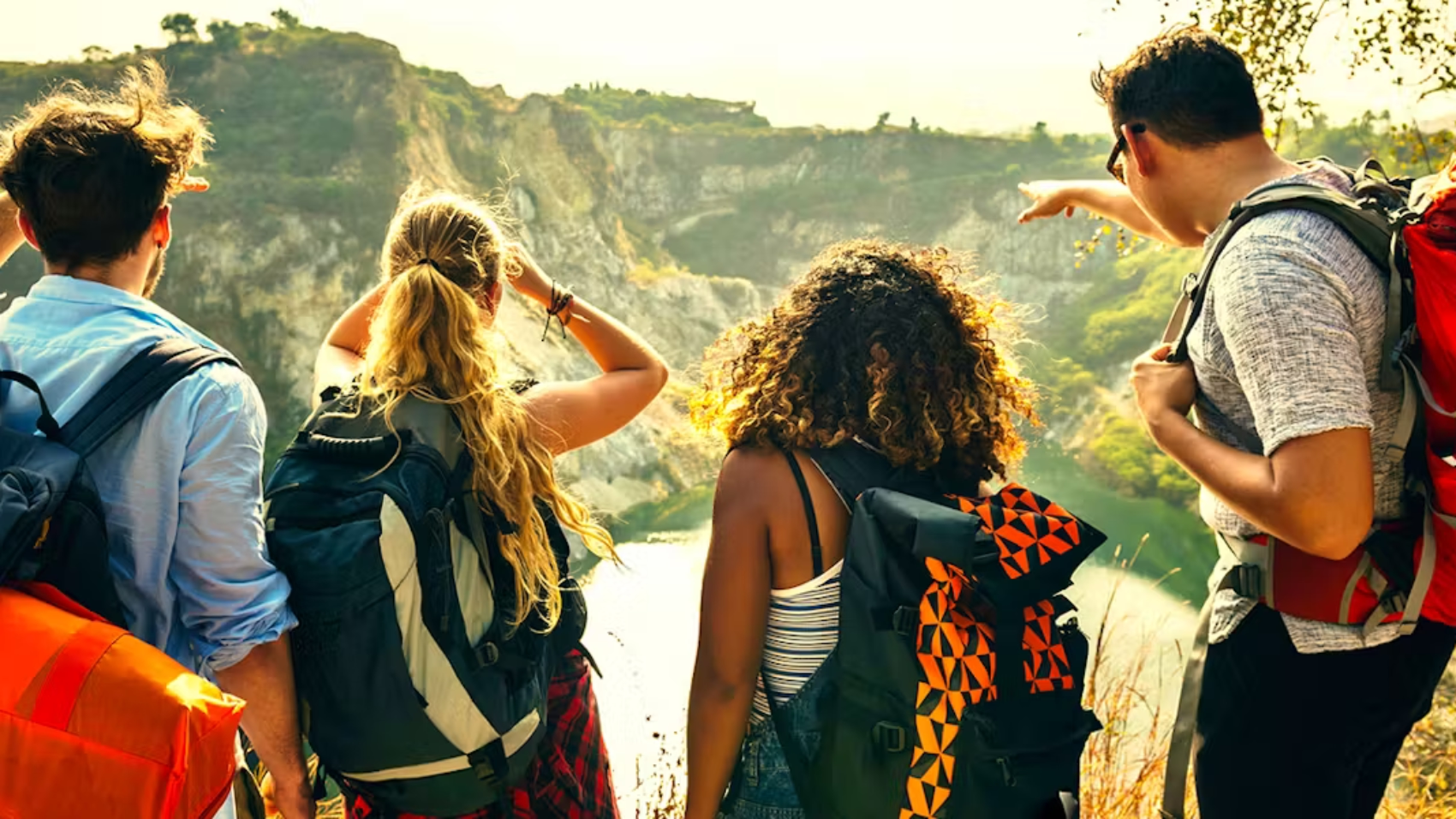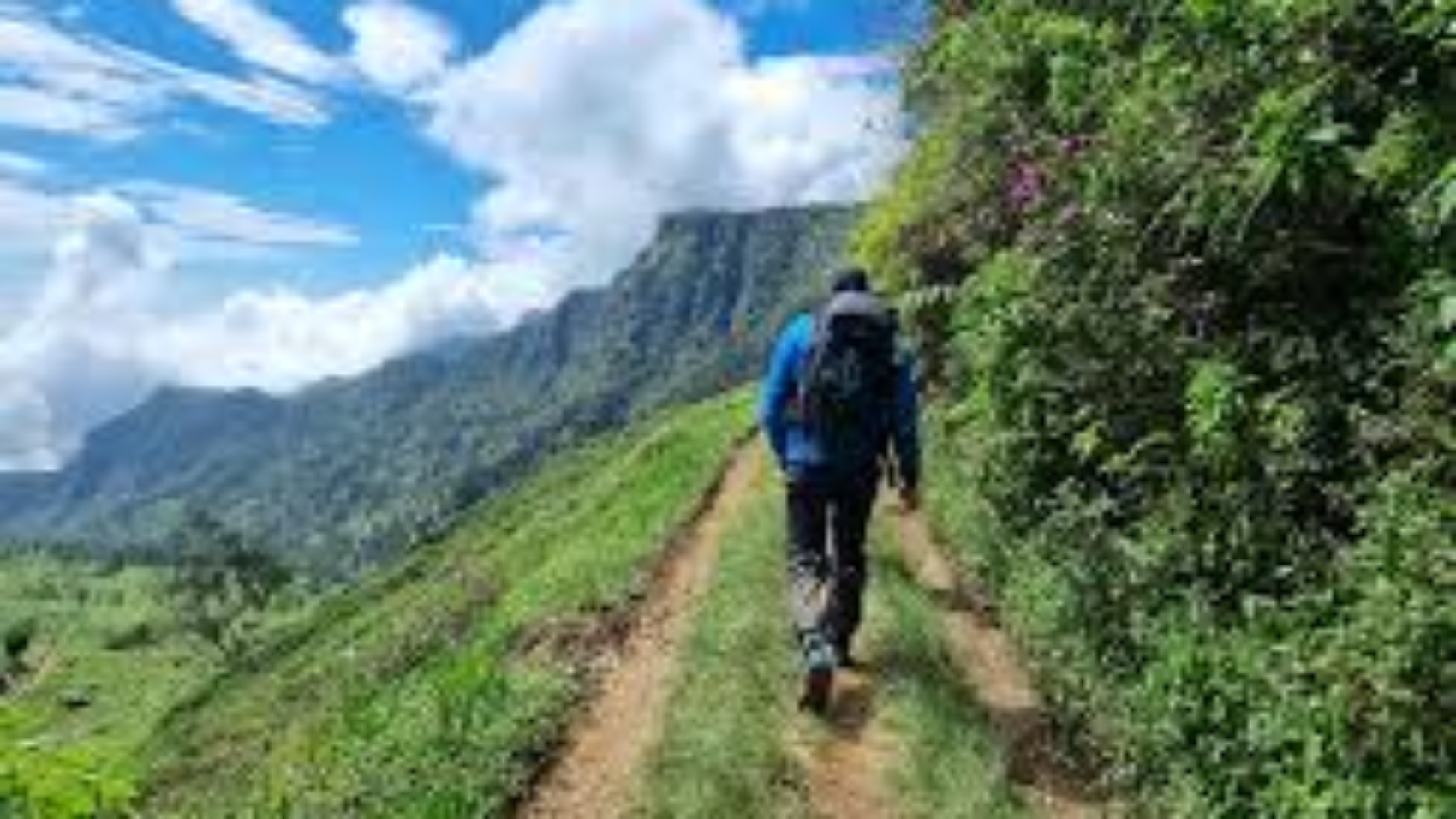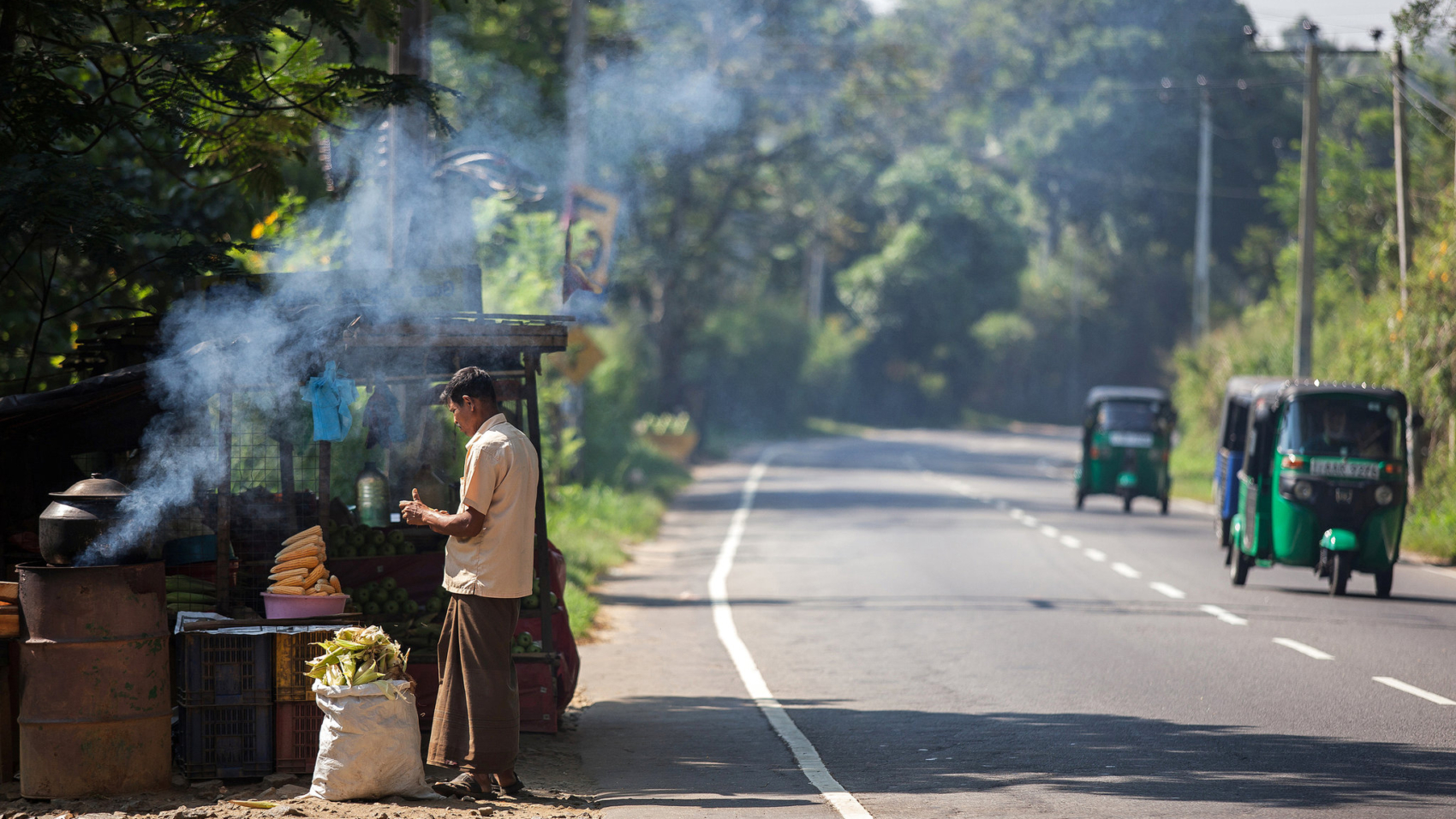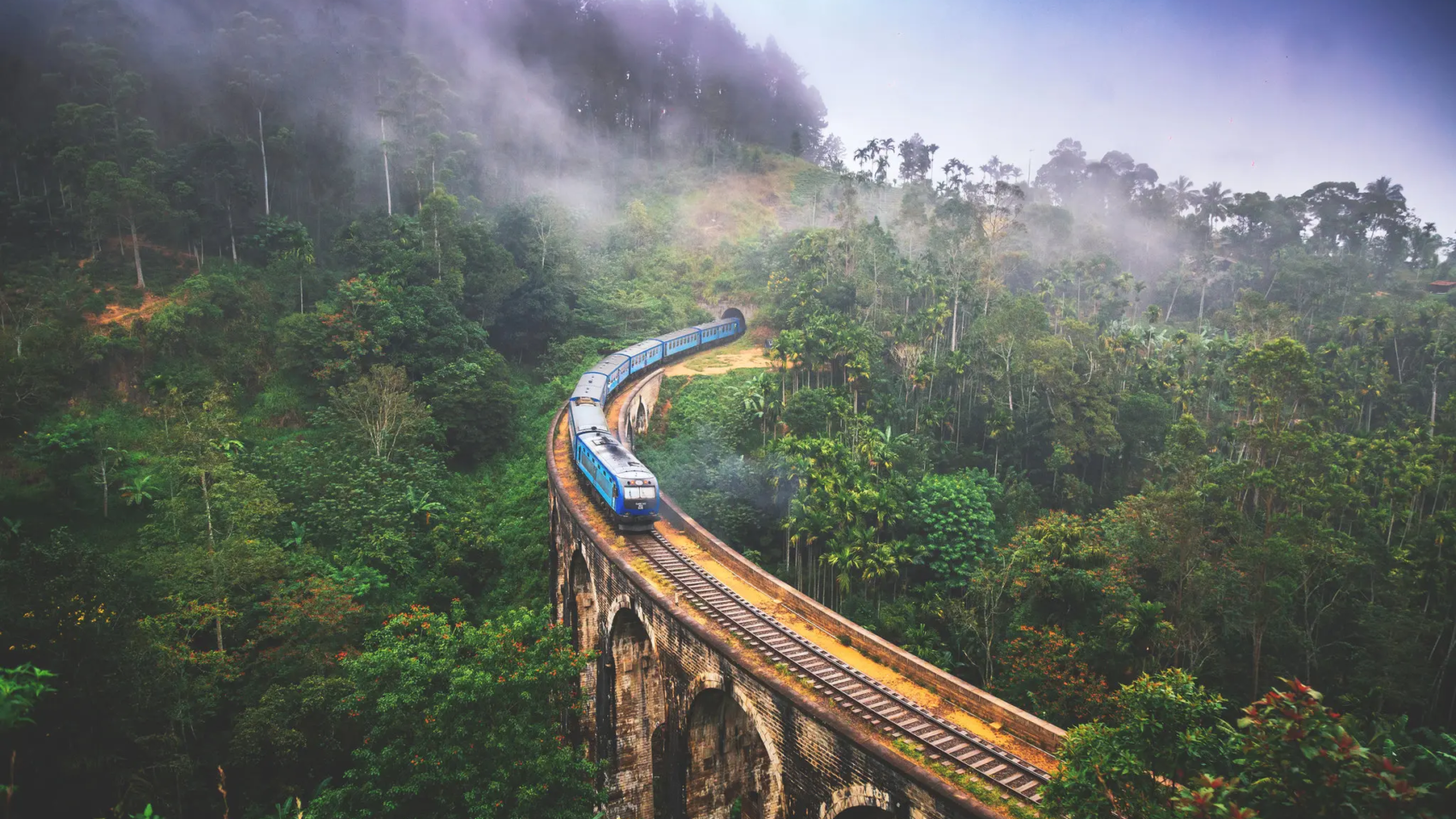Don’t Choose the Wrong Gap Year Program in 2025 — A Guide by Experiential Pathways
In 2025, choosing the right gap year destination is more challenging than ever. With social media trends, Instagram Reels, and TikTok influencing decisions, many students pick their destination based on what looks good online rather than what aligns with their goals. Experiential Pathways is here to help you make a smarter choice — one that blends meaningful travel, community engagement, and personal growth.
Fact: Only 56% of gap year alumni reported not struggling with choosing the right program (Gap Year Association, 2020). Let’s make sure you’re in that group.
What’s Your Risk Tolerance?
Before selecting your gap year program, assess your comfort level:
| Statement | Rate (1=No way, 5=Absolutely) |
|---|---|
| I’m comfortable being the only foreigner in my area | 1-5 |
| I can handle language barriers without stress | 1-5 |
| I’m okay when plans change unexpectedly | 1-5 |
Score Guide
24–30: Go independent — authentic experiences + save $8,000–$15,000
18–23: Hybrid — structured arrival, then go solo
12–17: Join structured gap year programs — the safety net is worth it
6–11: Definitely go with a trusted program like Experiential Pathways
Instagram vs. Reality: Truth About Popular Gap Year Destinations
Social media often distorts what gap year travel really looks like. Here’s what to know:
Thailand — “Beginner-Friendly Paradise”
Instagram: $2 street food, pristine beaches
Reality: Tourist hotspots = $30–$50/day, frequent visa runs, monsoon rains June to October
Experiential Pathways Tip: Base in Chiang Mai, opt for language study visa, engage in community service projects.
Australia — “Easy Working Holiday”
Social media: $25/hour fruit picking
Reality: Grueling work, low pay in rural areas
Tip: Start in cities (barista jobs ~$20/hour), farm work strategically for visa extensions.
Europe — “Cultural Immersion Guaranteed”
What programs promise: Authentic experiences
Reality: You’ll likely stay in expat bubbles, high living costs
Tip: Stay with host families, choose smaller towns, budget $2,000+/month.
Peru — “Spiritual Journey”
Expectation: Ayahuasca, Inca Trail enlightenment
Reality: Altitude sickness, tourist trap ceremonies, permits book early
Tip: Acclimatize 2 weeks in Cusco, choose ethical facilitators, plan treks 6 months ahead.
South Korea — “K-Drama Life”
Expectation: K-pop lifestyle, celeb connections
Reality: Language and social barriers, teaching jobs require degree
Tip: Learn basic Korean, respect local culture, have realistic expectations.
7 Mistakes That Can Ruin Your Gap Year Abroad
Choosing destinations based on trends
Fix: Prioritize your goals (volunteering, learning, cultural exchange)
Ignoring visa rules
Fix: Apply 4 months early, double-check requirements
Bringing too much cash
Fix: Use international fee-free cards and a backup plan
Not learning basic local language
Fix: Learn 50 key phrases (Duolingo in 2 weeks)
Staying in expat bubbles
Fix: Spend 70% time engaging with locals
No emergency plan
Fix: Know embassy contacts, have travel insurance and $2,000 backup
Rushing through destinations
Fix: Minimum 6 weeks per country, max 3 countries in 6 months
Real Gap Year Success Story
Choosing Experiential Pathways’ Southeast Asia gap year program was the best decision I made. Our community service projects were eye-opening, and I never had to worry about logistics. I learned to go with the flow and truly connected with local communities.
Your Action Plan — Start Today
Pick your destination (5 min)
Use the risk tolerance score above and choose your #1 destination
Reality check (10 min)
Google: “Your destination gap year challenges” and read 3 real reviews
Budget check (15 min)
Use Experiential Pathways’ budget template and contact alumni
Goal: Have one destination chosen and realistic costs mapped out by tomorrow.
Final Thoughts: Your Gap Year, Your Worldview
Your gap year abroad shapes your future. Whether you choose volunteer work in Southeast Asia, language immersion in Latin America, or student travel programs in the Middle East, Experiential Pathways ensures it’s a safe, meaningful, and transformative experience.










